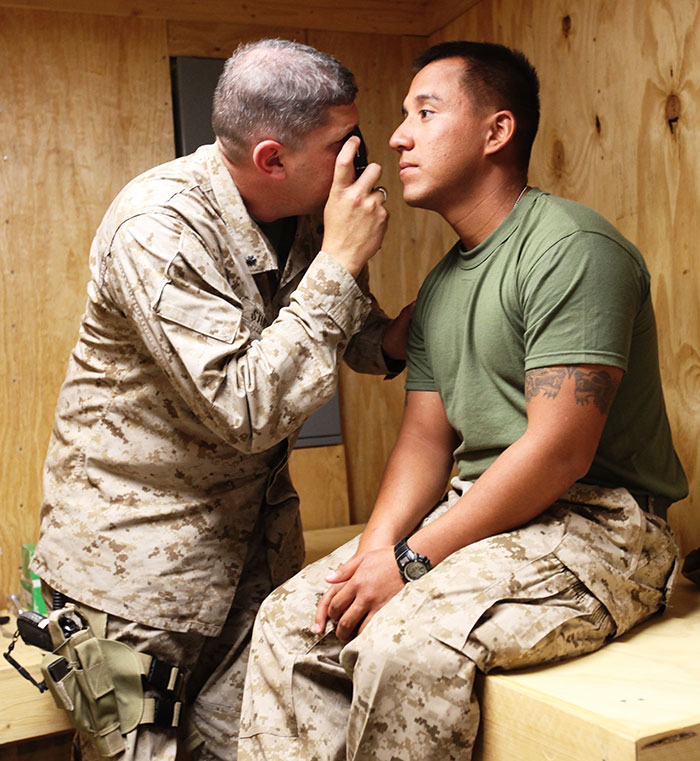Measuring fixational eye movements in those with and without concussions to identify ocular impairments.
Concussions are a major health problem in the United States. There is a need to evaluate symptoms and impairments to vision following a concussion. Traditional approaches typically use subjective symptom reporting; however, leveraging the fixational eye movements (FEMs) device, such as the tracking scanning laser ophthalmoscope (TSLO), would aid current clinical approaches to assess ocular dysfunction by providing an objective assessment through retinal scanning. The purpose of the study was to evaluate the FEMs of adolescent and young adult participants who sustained a concussion compared to an age- and gender-matched non-concussed control using a TSLO1.
Concussed participants were between 13 to 27 years old with a concussion diagnosed by healthcare professionals. The control group was recruited from a research registry and excluded if they had a concussion in the last six months or had more than one concussion. Using the TSLO, participants completed three fixation tasks that involved focusing on either a fixed or moving portion of the device. Measurements of eye movements were used to capture saccades (fast movements of the eyes as they move to fixation points) and drifts (movement after the saccade and blink). Differences emerged between the concussed and control on the fixation, with the concussed group having increased amplitude and greater velocity and acceleration1. These findings suggest that using a FEMs device such as the TSLO can detect ocular impairments following a concussion.
This study provided the initial evidence of differences between groups on FEMs that would account for this noise1. Using a TSLO in clinical settings would provide a means to identify ocular impairments and as a concussion diagnostic tool. Future work should evaluate FEMs for additional tasks, different age groups, and the use of the TSLO over time to validate the clinical use of this tool.

1 Leonard, B. T., Kontos, A. P., Marchetti, G. F., Zhang, M., Eagle, S. R., Reecher, H. M., Bensinger, E. S., Snyder, V. C., Holland, C. L., Sheehy, C. K., & Rossi, E. A. (2021). Fixational eye movements following concussion. Journal of Vision, 21(13), 11. https://doi.org/10.1167/jov.21.13.11
This work was supported by a grant from C. Light Technologies, Inc., departmental startup funds from the University of Pittsburgh, University of Pittsburgh Clinical and Translational Science Institute, National Institutes of Health (UL1 TR001857, KL2 TR001856, TL1 TR001858), National Institutes of Health Core Grant (P30 EY08098), and an unrestricted grant to the University of Pittsburgh Department of Ophthalmology from Research to Prevent Blindness.
Your 15 minute session will timeout in approximately 10 minutes.
If you're in the middle of entering information, please close this warning and save your progress (if possible) or finish up your task.
If your session fully times out, you will lose any un-saved work.
Your current Blast Injury Research Program session has expired.
Your next click will take you away from the private area, and you will lose any work you have in-progress.
Please enter your email address, and try again.